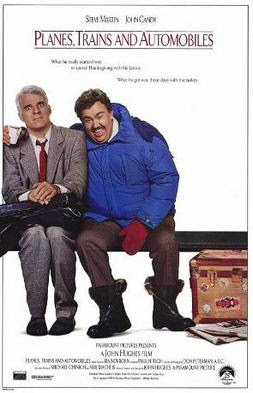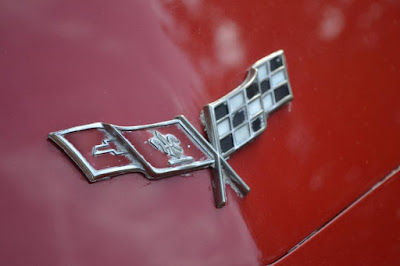"Best of all...it's a Cadillac"
1986 was Cadillac's nadir, so to speak. That's based on years of missteps and circumstances beyond their control that culminated in a line up of automobiles that included the Chevrolet Cavalier based Cimarron (above) and the all new for 1986 Eldorado and Seville (I actually liked that little Seville). The styled in a high school shop class, front wheel drive DeVille and Fleetwood were in the second year of HT 4100 powered infamy, the wraps were coming off the inexplicable Allante and the only rear wheel drive sedan they had was now powered by a puny Oldsmobile 307. The only thing that Cadillac had going for them was "tradition" and they were bundling their entire steaming mess together with an oxymoronic advertising slogan playing off that sentiment.
That table set, let's take a look at today's subject, a car that I actually adore, a 1969 Cadillac Coupe deVille.
There were many "last great Cadillacs" before the storied brand slid below under water in 1986. This 1969 Coupe DeVille is certainly one of them although there were obvious signs that Cadillac was taking on water.
The exterior styling certainly was still "Cadillac" with all the requisite clichés that made a Cadillac a Cadillac. You'll even find vestigial tail fin lights on every Cadillac available today.
Adhering to a three year model cycle that was de rigueur at General Motors for years after World War II, the 1969 Cadillacs were the second year of a three year model cycle that, in and of itself, was an update of their all new for 1965 models.
The new for 1968, who-cares-about-gas mileage, pre smog 472 V-8 was still amazingly responsive and seemingly destined for engine immortality. Funny thing happened on the way to heaven. Cadillac enlarged this engine to 500 cubic inches for 1970 with plans to go as large as 600 cubic inches. The issue with this engine was that it didn't offer any significant increase in performance above and beyond anything similar from Buick, Oldsmobile, Pontiac or Chevrolet.
Where the cracks in the foundation were obvious were here in the cabin. Hard to believe that this is the interior of General Motor's top-of-the-line automobile at any time in its history let alone one from an automobile when General Motors was allegedly still at the top of its game. Feel the cheapness as you run your hands along the plastic injection molded dashboard.
Forty seven years of wear, tear and just plain old atmospheric deterioration certainly doing no favors to this chintzy, granny's paisley sofa cloth interior. Leather lined Cadillacs of this vintage weren't that luxurious when new either. In my opinion, the high grade vinyl or what was called naugahyde on Buicks of this vintage was much nicer. What were you buying exactly for twice the price of a Chevrolet Caprice?
You can almost hear and feel the hollow clickity clack, click-click-click of the cheap plastics of this dashboard that wouldn't look out of place in a Caprice.
If you didn't know this was a Cadillac already and were asked to guess what car this back seat came from, would you say, "Cadillac" based on this photograph? Note the over spray on the pin for the door latch. This car is for sale for $12,995 by the way. Here's the listing on ebay.
Here's an exclusive touch you wouldn't find on any other GM product at the time - windshield wiper controls on the driver's door. Did come in handy when wanted to work the wipers when you were standing outside the car, though.
In many ways, this car is like an elegant restaurant that serves the same food much less expensive restaurants sell. Same could be said for just about every Cadillac made after, say, 1955 as many of the performance and creature comforts that were once exclusive to Cadillac had trickled down to lesser models on the GM pricing ladder. As GM stopped plowing profits back into engineering to keep Cadillac "The Standard of the World", the gap narrowed between Cadillac and even Chevrolet to such a point that the only thing going for a Cadillac was the fact it was a "Cadillac".
Usher in the age of Cadillac's infamous, "Best of all it's a Cadillac" ad campaign that began in 1982 and was mercifully gone after their nadir in 1986. In many ways, Cadillac is still recovering from 1986 as they struggle to sell their fabulous modern cars that are arguably, and remarkably, better than anything from Germany. Problem today is that Cadillac can't find enough buyers willing to pony up the premium price for a Cadillac but they are willing to pay a premium for a BMW, Audi or Mercedes. Reason for that goes all the way back to Cadillac's nadir that took decades to achieve just as it will take decades for Cadillac to reverse that sentiment.


























